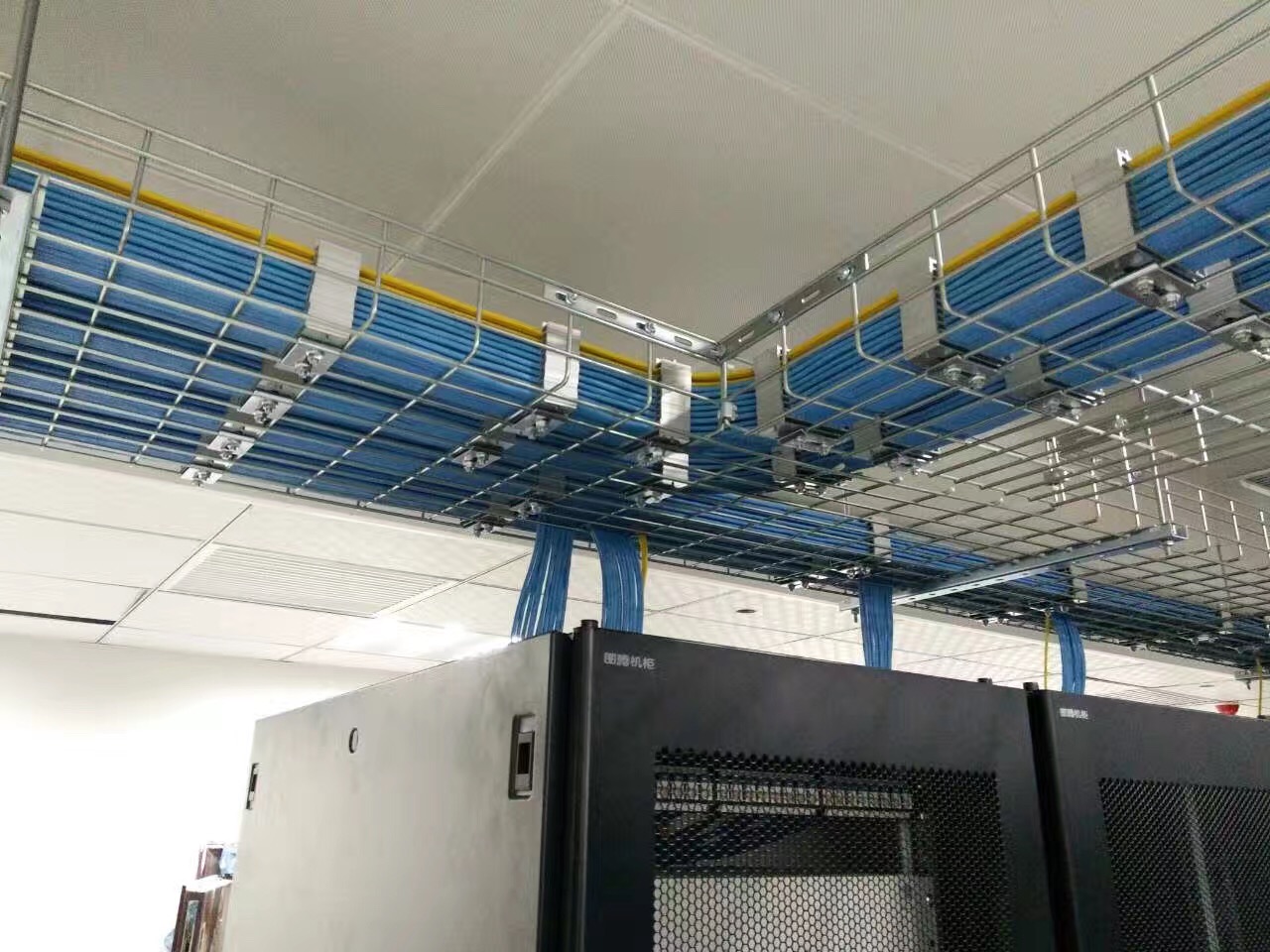
Understanding The Purpose Of Cable Tray Systems
Cable tray systems are used to route electric cables and make them easier to locate. Knowing the purpose of cable tray systems will help you better understand how they work and the reason why they’re used in a specific location such as a data center.
What is a cable tray system?
A cable tray system is an important part of any commercial or industrial building. It is used to support and protect electrical wires and cables. The system consists of a series of metal or plastic boxes, called trays, that are mounted on walls or ceilings. The trays are connected together with brackets and fasteners.
Cable tray systems are used in a variety of settings, including office buildings, factories, and hospitals. They provide a safe and efficient way to route electrical wiring and cables. Cable tray systems can be used for both power and data cables.
There are many benefits to using a cable tray system. Cable tray systems offer a cost-effective way to support and protect electrical wiring and cables. They are also easy to install and maintain. Cable tray systems are flexible and can be easily reconfigured to meet changing needs.
If you are planning to install a new cable tray system or upgrade an existing one, it is important to understand the purpose of cable tray systems and the various types that are available. With so many options on the market, it can be difficult to know which system is right for your needs. However, by taking the time to learn about the different types of cable tray systems and their benefits
Why do cable trays exist?
Cable trays are an important part of any electrical system. They provide a convenient way to route cables and keep them organized. But why do they exist? What are their benefits?
Cable trays help to prevent cable damage. When cables are left lying on the ground or bundled together, they can be damaged by vehicles or other equipment. This damage can cause shorts or interruptions in the electrical signal. Cable trays provide a raised surface that helps to protect cables from damage.
Cable trays also help to keep cables organized. This is especially important in larger systems where there are many different types of cables. By keeping the cables organized, it is easier to troubleshoot problems and make repairs.
Cable trays can also improve the appearance of an electrical system. When all of the cables are neatly routed on cable trays, it looks much more professional than a bunch of tangled wires. This can be important for commercial or industrial applications where appearance is important.
Overall, cable trays provide many benefits for electrical systems. They help to protect cables, keep them organized, and improve the appearance of the system. If you are planning an electrical installation, be sure to include cable trays
What are their benefits?
Cable tray systems are designed to support and route cable and wiring in a variety of industrial and commercial applications. They offer many benefits over traditional methods of cable management, such as improved fire safety, easier maintenance, and greater flexibility.
What are the features of cable trays?
Cable trays are an important part of any commercial or industrial facility. They provide a safe and efficient way to route electrical cables and wiring. Here are some key features of cable trays:
• They allow easy access to cables for inspection and maintenance.
• They provide support and protection for cables, helping to prevent damage.
• They promote air circulation around cables, which helps to keep them cool and reduces the risk of fire.
• They can be installed in a variety of locations, including above ceilings, below floors, and along walls.
Cable trays are an essential part of any electrical system. By understanding the purpose of these systems, you can ensure that your facility is safe and efficient.
Where are cable trays used?
Cable trays are commonly used in industrial and commercial settings to support and organize cables. They provide a convenient way to route cables between different areas and can help to protect cables from damage. Cable trays are also used in some residential applications, such as in-home theatre setups.
How to use cable trays?
Cable trays are an important part of any electrical installation, providing a safe and secure way to route cables. However, understanding how to use them effectively can be tricky. This blog post will help you make the most of your cable tray system.
When installing a new cable tray system, take the time to plan your routes carefully. Think about where the cables need to go and where they need to exit the tray. This will help you avoid potential obstacles and make sure the cables are routed in the most efficient way possible.
Once you have your routes planned, it’s time to start running the cables. If you’re using a metal cable tray, it’s important to use insulated cable ties to secure the cables in place. This will prevent them from coming into contact with the metal surface, which could cause a short circuit.
Plastic cable trays don’t require insulation, but it’s still a good idea to secure the cables in place with zip ties or similar fasteners. This will keep them from moving around inside the tray and becoming tangled or damaged.
When running cables through a wall or ceiling, always use conduits to protect them from potential damage. This will also give you an easy way.

0 comments
Write a comment